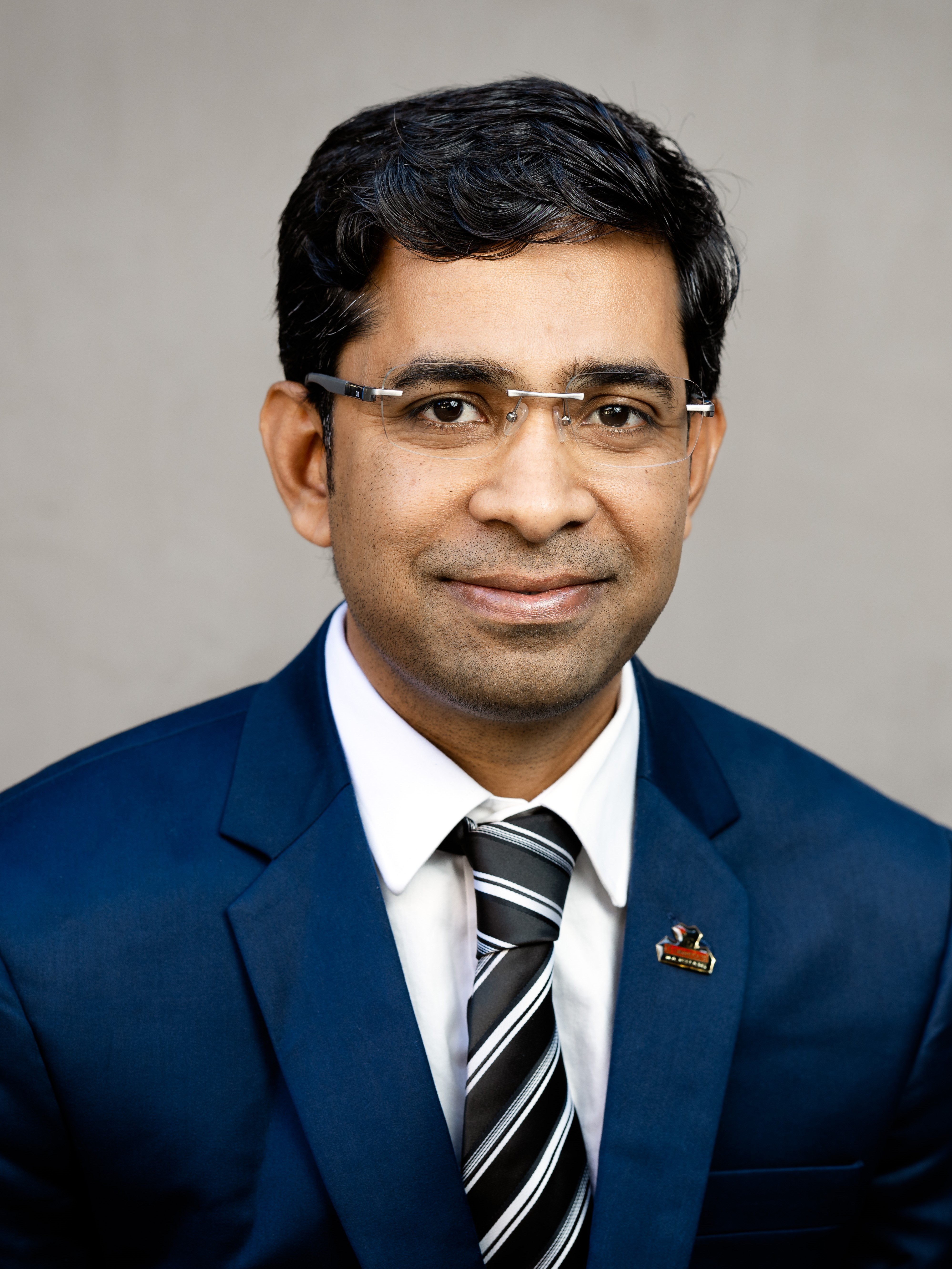 | Design principles of heterogeneous electrocatalysis hold a pivotal significance for future sustainable developments. A combination of advanced theoretical calculation and modern experimental characterization plays a crucial role in the development of heterogeneous catalysis for electrochemical energy conversion reactions. Among the recent improvements in theoretical chemistry, first-principles density functional theory (DFT) simulation provides an excellent methodology to calculate catalysts' intrinsic activity towards energy conversion reactions based on the materials' electronic properties. Dr. Hossain applied DFT calculation to screen highly active and efficient nonprecious transition metals based single-atom catalysts (SACs) for hydrogen evolution reaction (HER). He derived an activity correlation with the catalysts' electronic structure. He found that the energy states of the antibonding state orbital are neither empty nor filled making ideal catalysts for HER, strongly supported by the experimental study. Later, he extended the development of potential-based macroscopic theory called the grand canonical potential kinetics (GCP-K) methods to modify density functional theory from a fixed number of electrons to fixed potential-based calculation to account for experimental electrochemical conditions at a specified applied voltage. The GCP-K method utilizes the Legendre transformation of the Gibbs free energy obtained from fixed-charged quantum mechanical calculation to constant potential calculation. |
To demonstrate this method, Dr. Hossain applied GCP-K theory to elucidate the reaction mechanism and kinetics for the electro-reduction of CO2 over different Ni sites (Ni-N2C2, Ni-N3C1, and Ni-N4) on graphene-supported Ni-SACs and hydrogen evolution reaction (HER) on Te vacant site of 2H- and 1T′-MoTe2 basal plane. Further, he used LAMMPS molecular dynamics simulation techniques to study the thermal behavior of carbon electrodes and their performance in proton exchange membrane fuel cells.
Dr. Hossain conducts a holistic investigation to understand the mixed oxide-based electrocatalysts and their activity, selectivity, and stability for energy conversion reactions along with experimental collaboration. Recently, Dr. Hossain used DFT technique to design High-entropy oxides (HEOs) oxygen evolution reactions. This work confirms that randomly mixed metal sites show thermodynamic stability, with intermediate adsorption energies displaying wider distributions due to mixing-induced equatorial strain in active metal-oxygen bonds. The rapid sol-flame method is employed to synthesize HEO, comprising five 3d-transition metal cations, which exhibit superior OER activity and durability under alkaline conditions, outperforming lower-entropy oxides, even with partial surface oxidations. Dr. Hossain also uses an electrochemical oxidation technique to convert bio-derived waste molecules to value-added products. He uses a doped NiOOH surface to reveal the reaction mechanism for Benzyl alcohol to benzoate conversion along with experimental validations.
Overall, Dr. Hossain's research contributes significantly to the development of renewable energy technologies and offers potential solutions to the challenges posed by climate change through innovative materials design and theoretical modeling approaches.